
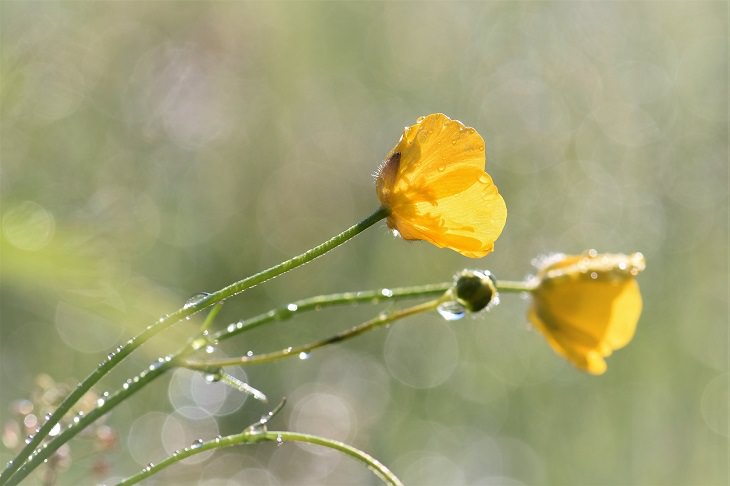
Where is it found? In the temperate zone of the Northern Hemisphere. It prefers damp places or bogs.
Why is it dangerous? It contains caustic sap that can leave blisters on the skin. On contact with mucous membranes, it can provoke coughing and larynx spasms. If the sap gets into the eyes, it can cause temporary blindness.
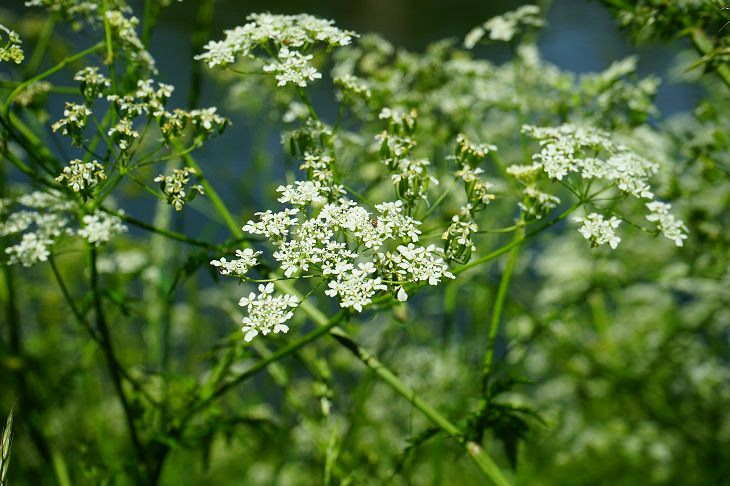
Where is it found? In Asia, North America, and Europe. It grows in wet places such as bogs and riverbanks.
Why is it dangerous? Poisoning symptoms include seizures, nausea, and cardiac depression. In rare cases, it might even cause death. As little as 100-200 grams (3.5-7 oz.) of this plant is enough to kill a cow.
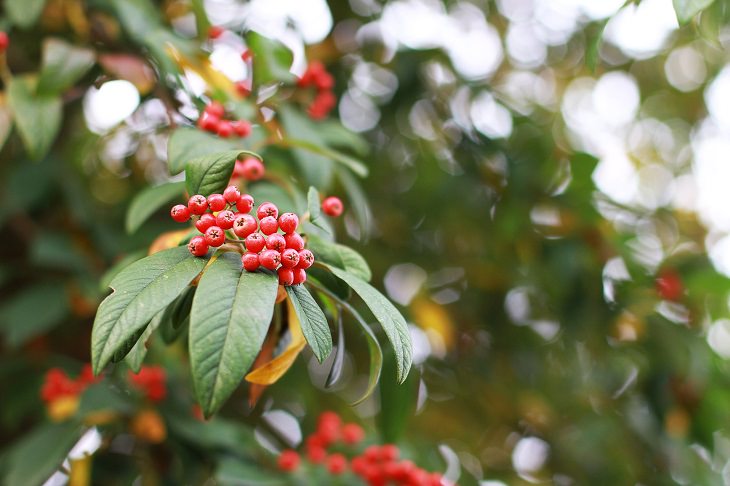
Where is it found? Temperate zone of the Northern Hemisphere and Australia.
Why is it dangerous? It causes headaches, abdominal pains, weakness, and occasional seizures. Cardiac or respiratory failure are also possible. If you touch this plant, you’d better wash your hands straight away.
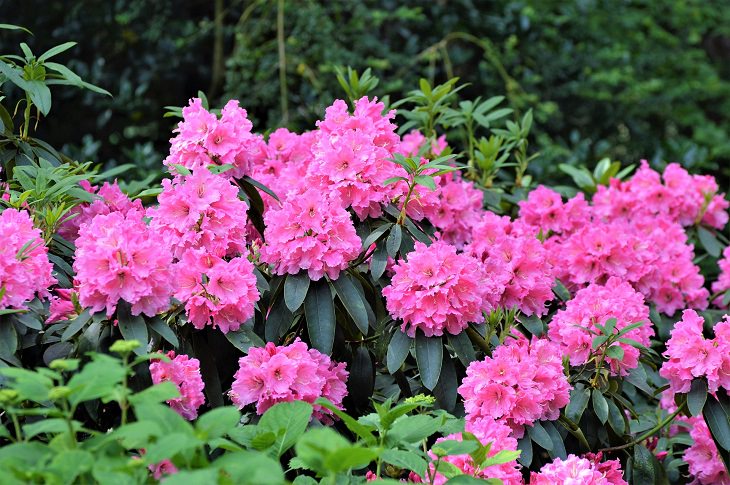
Where is it found? In tropical and subtropical regions. It’s used in landscape designing and is grown all over the world as a houseplant.
Why is it dangerous? It contains cardiac glycosides that can change your heart rate and cause headaches, nausea, weakness, and even death. According to legend, Napoleon’s men once started a fire using oleander branches, and in the morning, some of them didn’t wake up.

Where is it found? In Asia, Europe, and North America. Due to its beautiful purple, yellow, and blue flowers, it’s grown for decorative purposes.
Why is it dangerous? This extremely toxic plant can cause numbness, cardiac arrhythmia, darkened vision, and even death.
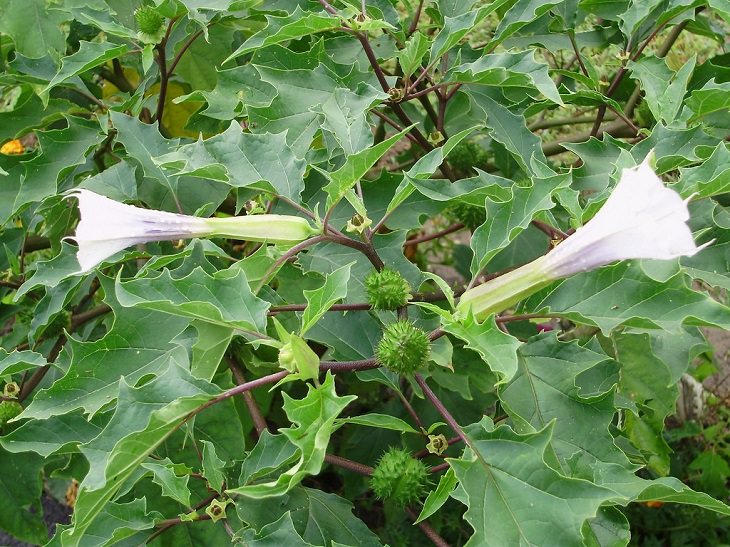
Where is it found? In Central and Northern America, Europe, and Southern Russia.
Why is it dangerous? It contains alkaloids that cause disorientation, palpitations, and delirium. In extremely severe cases, coma or death is possible.
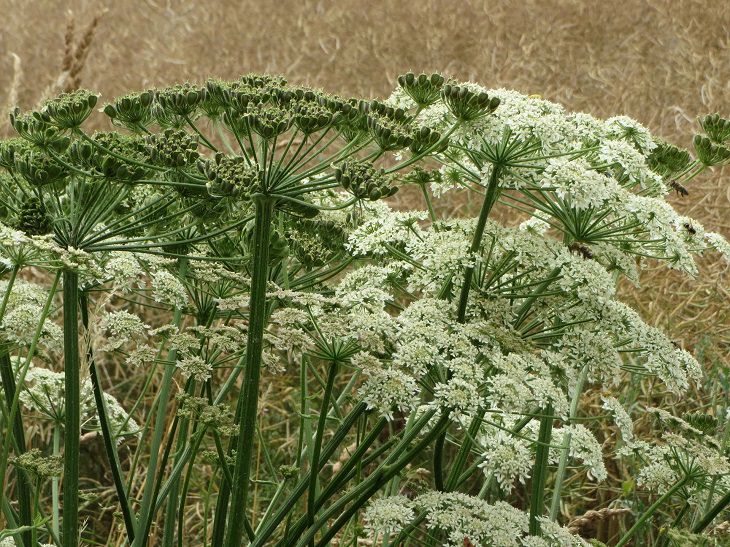
Where is it found? In temperate regions of Eurasia. One species of this plant grows in the USA.
Why is it dangerous? Some species of this plant contain furanocoumarins that cause painful blisters under sunlight. If you get hogweed on your hands, wash it off and protect yourself from sunlight for 48 hours.
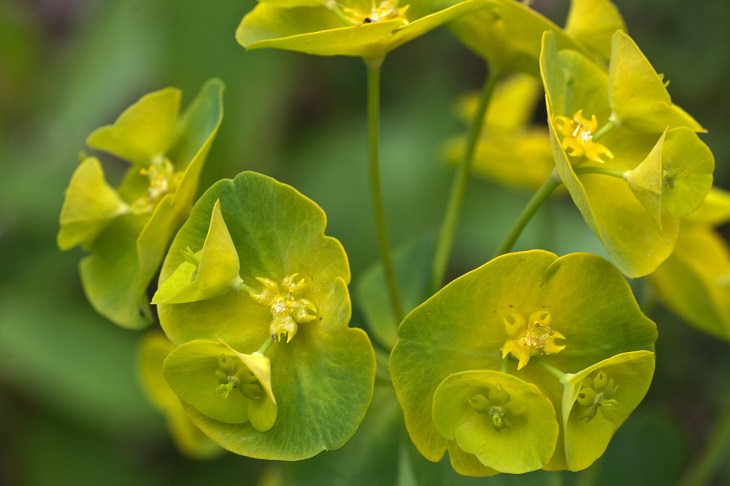
Where is it found? Everywhere, and it can often be found in houses.
Why is it dangerous? The sap causes blisters, later joined by indisposition, swellings, and fever. A large portion of this species belongs to the Euphorbia genus. They often look very different: some look like cacti while others look like flowers. Therefore, teach young children not to touch unfamiliar plants.
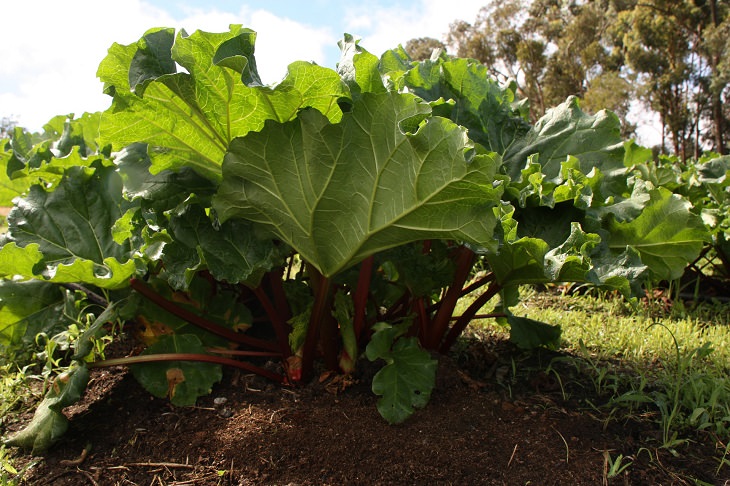
Where is it found? Cultivated in the USA, Russia, and Europe
Why is it dangerous? Many people are unaware that the leaves and roots of this plant are not to be consumed as they contain a large concentration of oxalic acid. This can cause burning in the throat and eyes, kidney stones, nausea, and diarrhea.
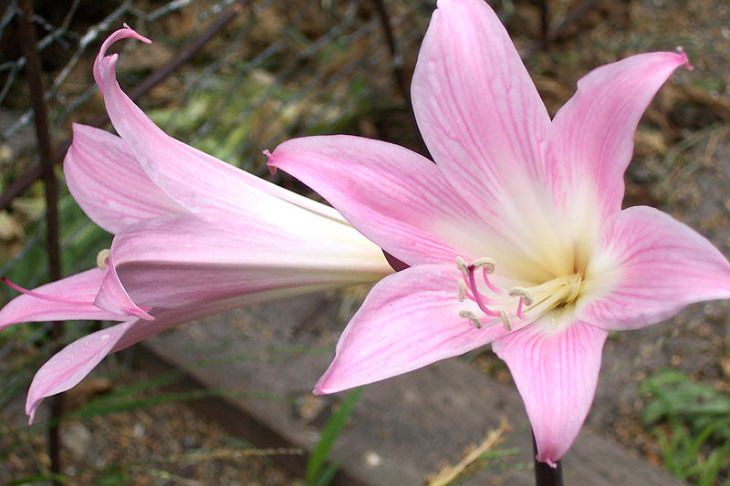
Where is it found? In North Africa, Southern Russia, Europe, Asia Minor, and parts of North America.
Why is it dangerous? Mild poisoning leads to palpitations and dryness and burning in the mouth. Severe poisoning can cause disorientation, cramps, and even death.
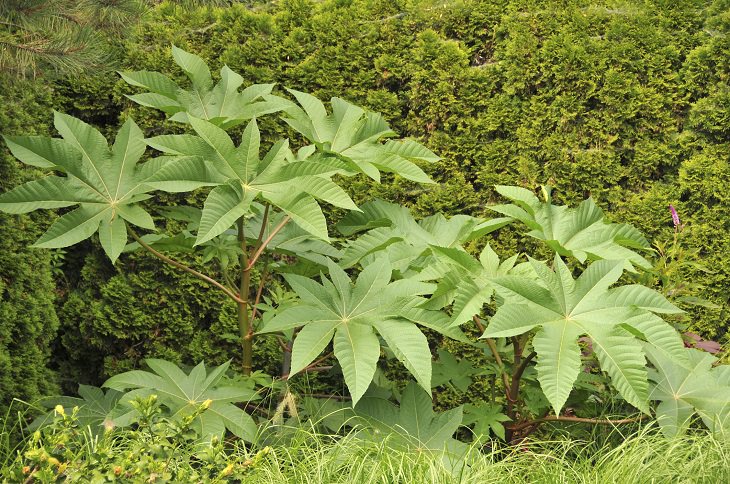
Where is it found? In tropical, subtropical, and temperate zones. Due to its unusual appearance, it’s grown as an ornamental plant.
Why is it dangerous? This is quite possibly the most dangerous plant there is. It contains the extremely toxic compounds: ricin and ricinine. The seeds are particularly deadly as eating only 4-7 of them will result in death. Smaller doses will cause irreparable harm to the body as ricin destroys body tissues.
Source: brightside